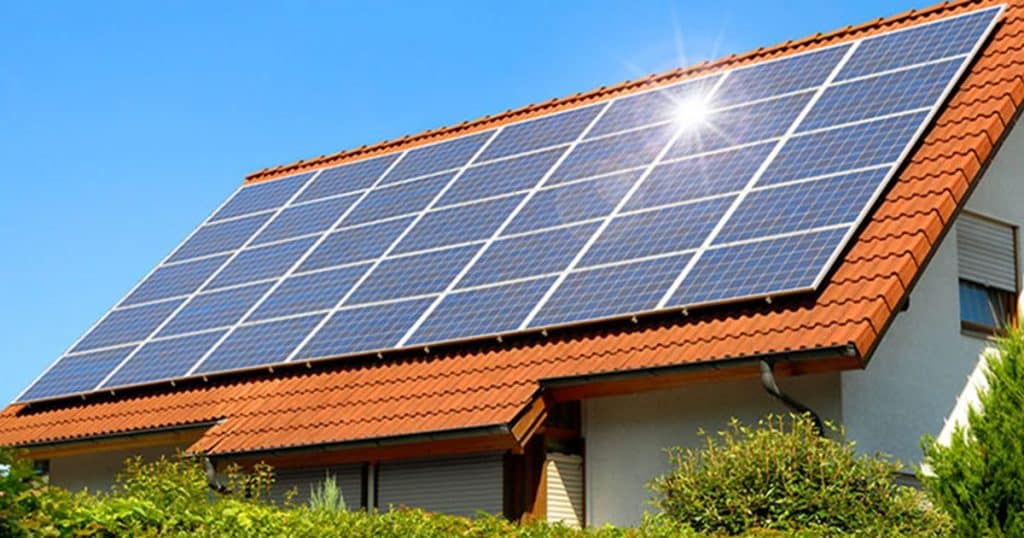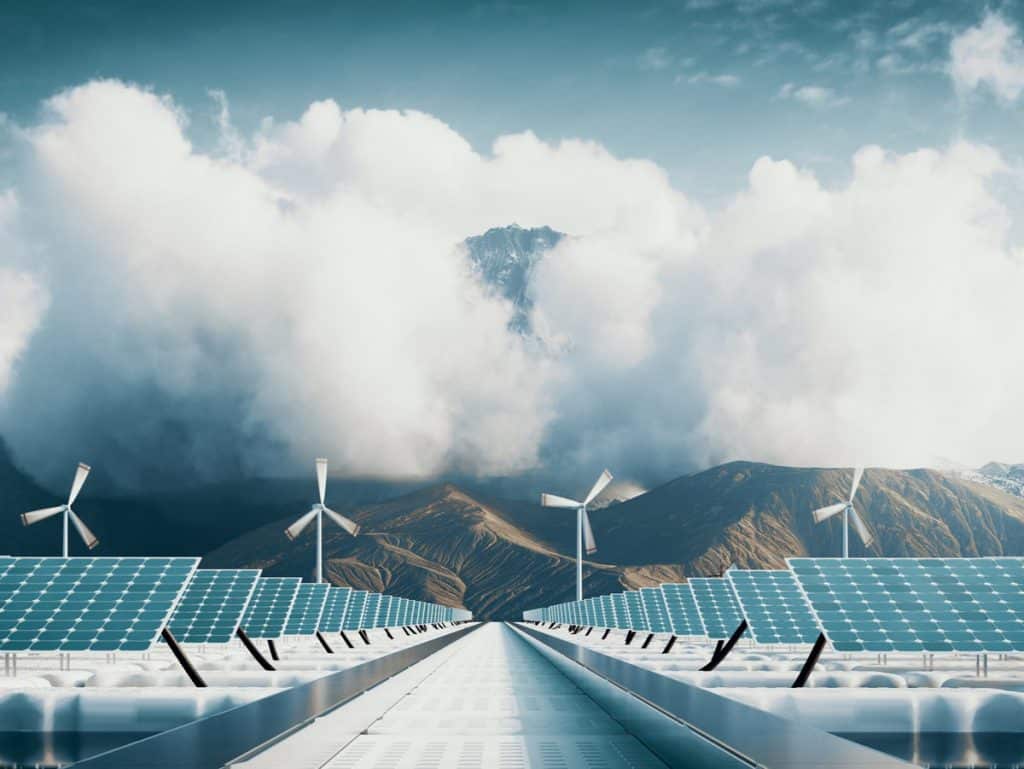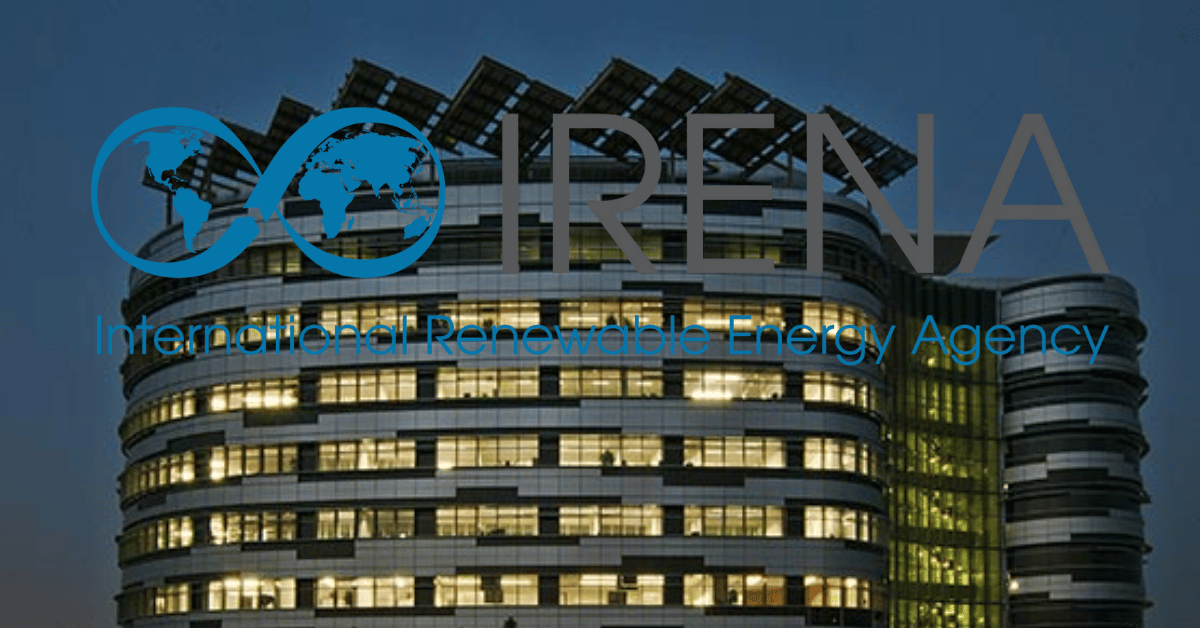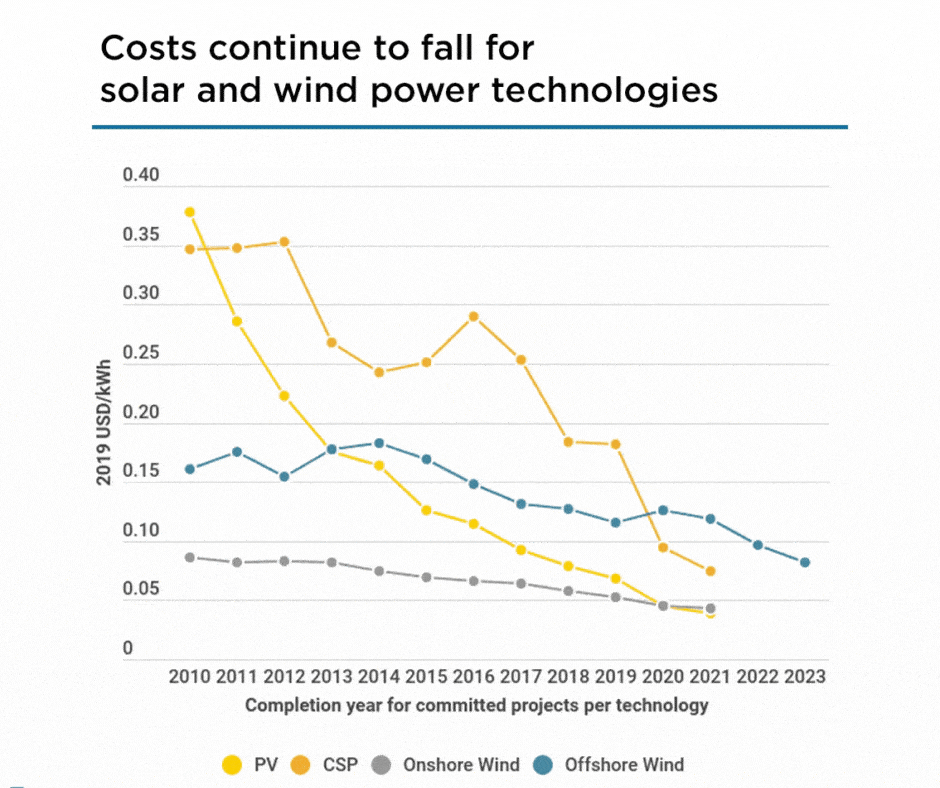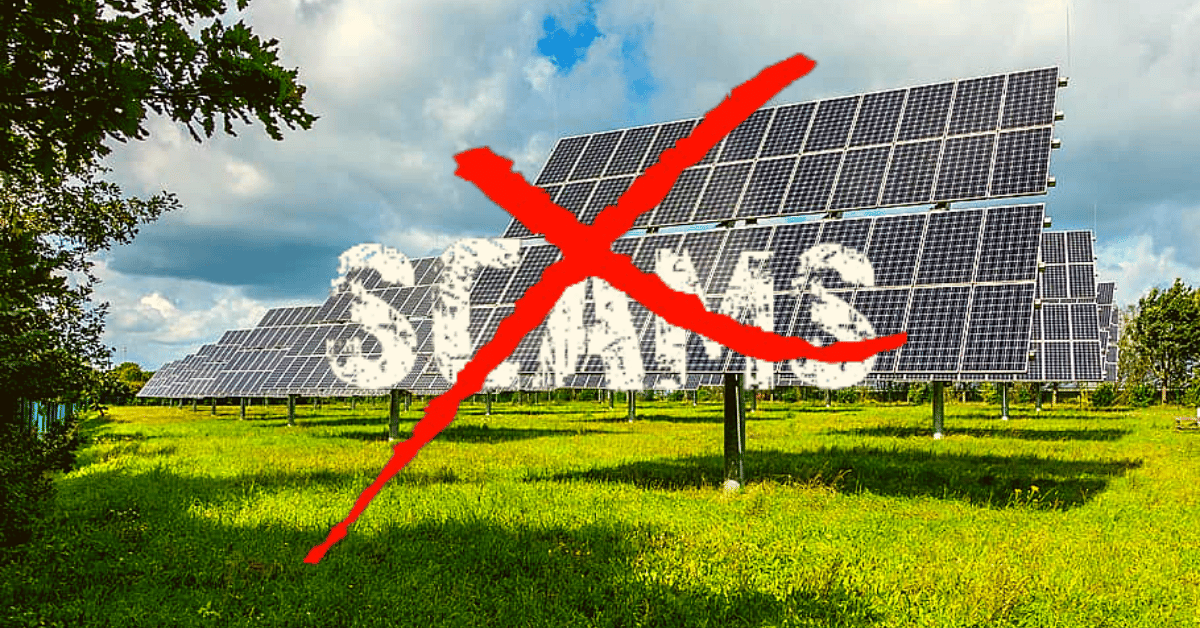How to clean solar panels has never gotten easier! Solar panel cleaning is an absolute must if you want to get the best possible performance out of your panels.
Naturally, rain does a good job of cleaning them, however, it is still a good idea to give them a proper clean 3-4 times a year. The solar cells in the panel are covered by a glass coating for protective purposes. The dirtier this coating becomes, the less efficient the solar panel will be. Obstructions to the panels could be caused by pollution, dust, or even bird droppings.
There are several ways to check and see if your solar panels need to be cleaned:
Physical inspection. Your solar panels should be inspected regularly, especially in areas where the weather conditions are unfavourable or have significant levels of dust. The connections should also be checked at this time so you can keep yourself updated with their condition.
Use a monitoring service. A physical inspection is done regularly, but it’s good to back yourself up with a monitoring system. These are constantly monitoring the status and condition of the solar panels. This helps to prevent damage and could even increase the lifespan of your panels.
After you have checked your solar panel system and discovered that they’re pretty dirty, the panels need to be cleaned. There are several ways you can do this, some of them easier than others, and some are cheaper than you might expect.
It’s best to clean solar panels on an overcast day, early in the morning, or in the late evening. If the panels are warmed by the sun then water can quickly evaporate on the panels and leave marks on the panel.
There are two main ways of cleaning your solar panels: Hire a professional or do it yourself! If you are looking to do it yourself you’ll generally have all you need to do it at home.
How to clean your domestic solar panels?
- The most effective way to clean solar panels is with a hose and a bucket of soapy water. Essentially, in the same way you would wash your car at home, as you don’t want to scratch the panels in any way.
- Using a good quality soft brush, sponge and squeegee with a plastic blade, can make for the perfect tools to clean your panels.
- Other equipment that can be used effectively is a soft cloth or biodegradable soap, as this will gently clean the panels without a scratch.
- If you often clean the panels, you might be able to just run a hose along the panels to remove any dirt. Fewer calls on solar panel maintenance.
Important things you should do when cleaning your solar panels!
- If the panels are dry, use the soft brush to brush any loose dirt before tackling the panels with water.
- It is important not to use harsh materials when cleaning solar panels as they could cause damage, and solar panels are expensive to repair.
- Never use an abrasive sponge or soap for your solar panel cleaning as you may scratch the glass.
- For your safety and the safety of others around you, use a long-handled wiper to clean the panels while you are standing on the ground. However, If you must get on the roof, take proper care as once you begin cleaning, the roof becomes slippery and you could slide off when you get down, so use safety ropes or a harness for support.
- Always watch out for dirt on the solar panels to make sure it doesn’t build up since they can absorb sunlight better when they are free of dirt. Keep in mind that you shouldn’t use any type of high-pressure water sprayer when washing off your solar panels. A high-pressure attachment can damage the solar panels themselves.
If you would like to invest in solar panels but aren’t sure what to go for, simply enquire here and one of our professional installers will be in touch with the best advice for you.


